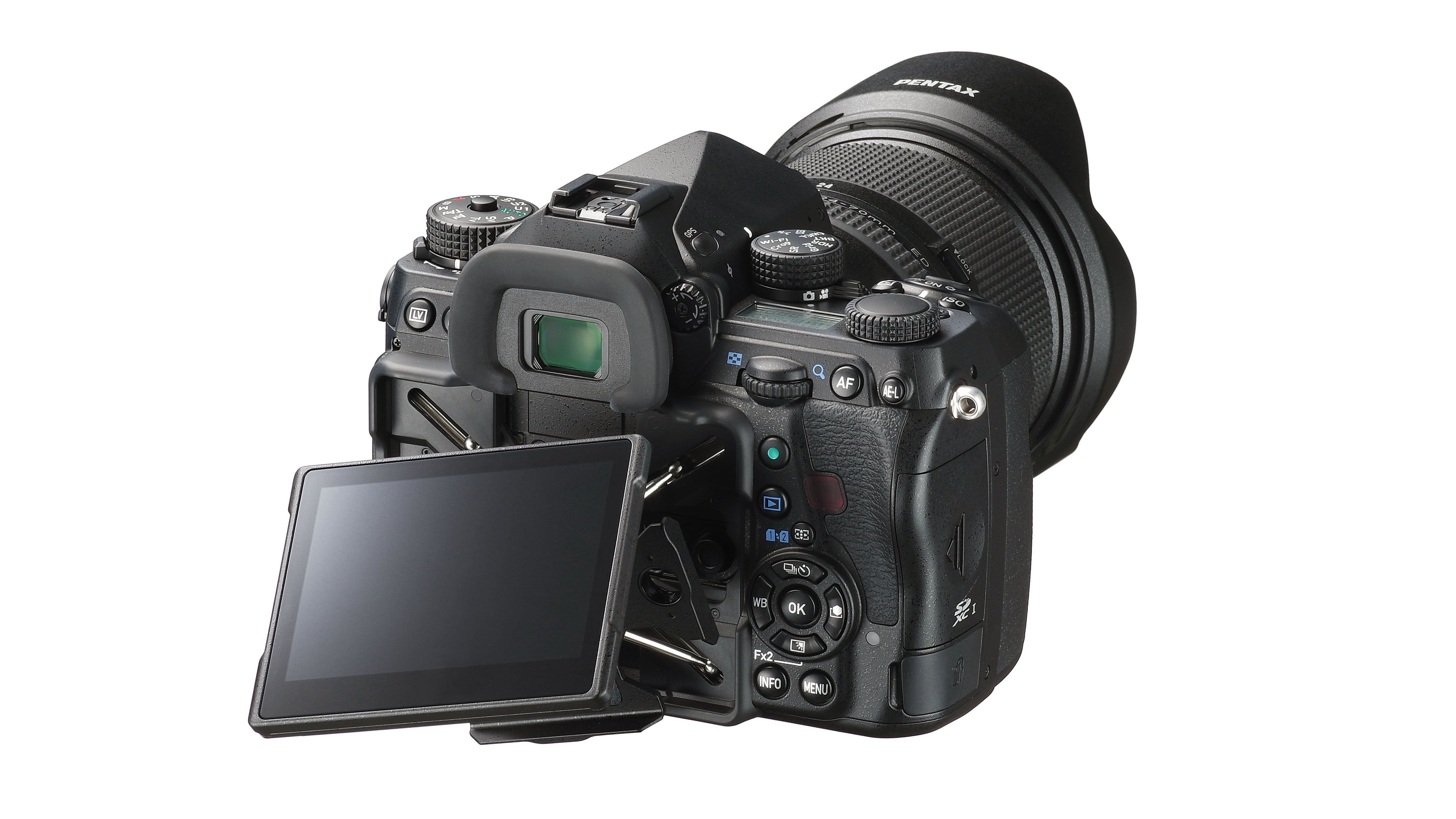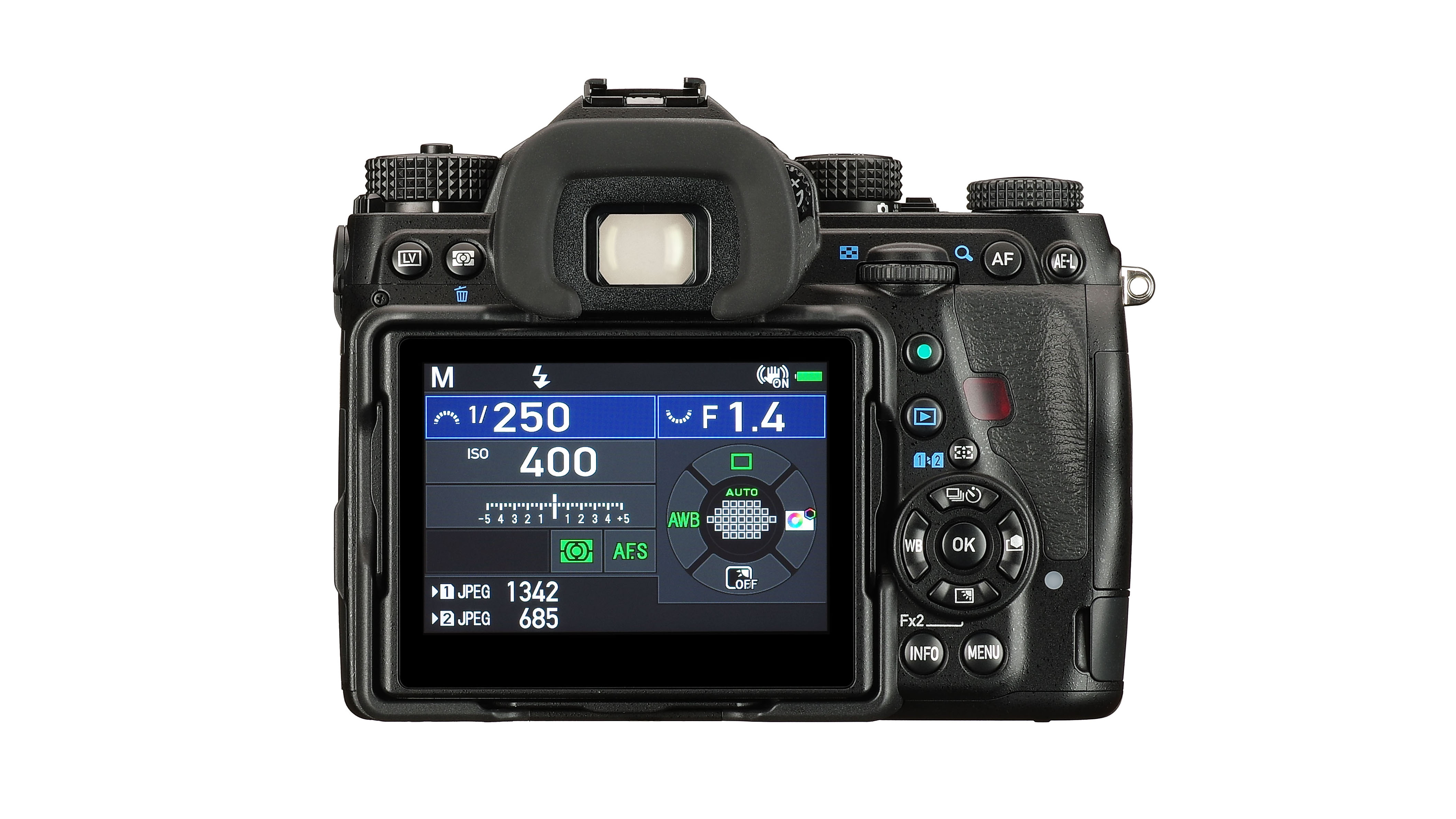Dynamic Pixel Shift comes to the new Pentax K-1 Mark II
Pentax announces raft of updates to its full-frame K-1 DSLR

The original Pentax K-1 impressed us when it was launched in 2016 with its powerful full-frame 36MP sensor, rugged build quality and numerous technological advances.
Now Pentax has announced a Mark II version of its flagship model that adds a new accelerator unit to the camera’s Prime IV image processor to assist the 36MP full-frame CMOS sensor (without a low-pass filter), that promises to capture high-resolution, low noise images in low light.
In fact, the K-1 Mark II can shoot up to ISO819,200, making it a strong contender for low-light photography where high shutter speeds are mandatory.
On top of this, the Pixel Shift Resolution System has been given a thorough overhaul to improve its abilities to reduce shake and produce sharper shots.
Cannily named Pixel Shift Resolution System II, the new system captures four images of the same scene, and then synthesizes them into a single, super-high-resolution composite image just as before, but will now also capture RGB data for each pixel, that should see results with finer detail and improved depth to colors.



Dynamic Pixel Shift
Pentax has added a new Dynamic Pixel Shift Resolution mode to the Pixel Shift Resolution System II. Designed to further negate the need for a tripod, this mode works with the K-1 Mark II's Shake Reduction II anti-shake system to detect the slight fluctuations of the subject’s position during the capture process.
As we've just touched upon, the Pentax K-1 Mark II utilises the same Shake Reduction II 5-axis mechanism as the original K-1, which detects pitch and yaw, as well as horizontal and vertical shift and roll when used with compatible Pentax interchangeable lenses.
Get daily insight, inspiration and deals in your inbox
Sign up for breaking news, reviews, opinion, top tech deals, and more.
Pentax claims the system can automatically detects the direction of the camera’s movement (during a panning shot, for example), and efficiently control the SR unit to produce the best image possible without requiring any mode switching operation.
Unfortunately, some of the disappointing aspects of the original K-1 models haven't been addressed, including the relatively low continuous shooting rate of 4.4fps and underwhelming autofocus.
However, the clever GPS data modes, flexible LCD rear monitor, rugged exterior casing and other likeable features remain largely untouched.
Good news for K-1 owners
If you're in the UK, Ricoh Imaging Americas Corporation has also announced a program that allows current K-1 owners to upgrade their current camera to receive the advanced functions of the new K-1 Mark II.
The upgrade entails replacing the K-1’s main circuit board to add new functions featured in the K-1 Mark II. Additionally, the current 'SR' logo on the K-1 will be replaced with the new K-1 Mark II logo. The upgrade service will be available for a limited time (from May 21 – September 30 2018), with the cost of the upgrade set at $550. Cameras will need to be shipped to Precision Camera in the US for the service to be undertaken.
Slated for release in April the Pentax K-1 Mark II camera body will be available for a suggested list price of $1,999.95/£1,799 (Australian pricing still to be confirmed), while a kit with the HD Pentax-D FA 28-105mm f/3.5-5.6 ED DC WR zoom lens will also be available for $2,399.95 (we're still waiting on UK and Australian pricing for the kit).

Leon has been navigating a world where automotive and tech collide for almost 20 years, reporting on everything from in-car entertainment to robotised manufacturing plants. Currently, EVs are the focus of his attentions, but give it a few years and it will be electric vertical take-off and landing craft. Outside of work hours, he can be found tinkering with distinctly analogue motorcycles, because electric motors are no replacement for an old Honda inline four.